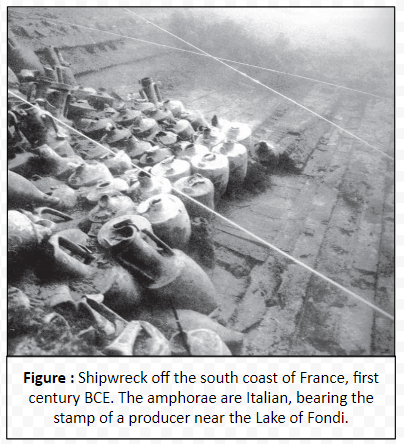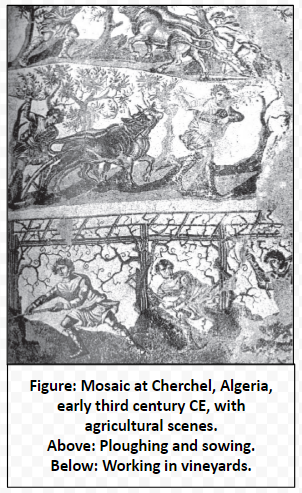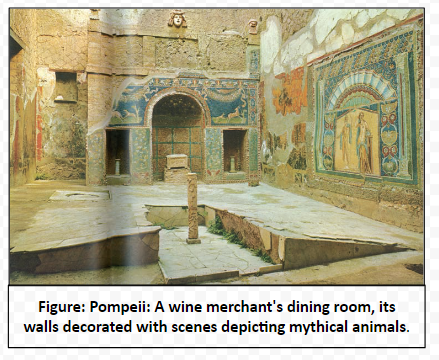![]() 21 Dec 2023
21 Dec 2023
The third century marked a shift from the peace and prosperity of the previous centuries, as the Roman Empire faced internal challenges, entering a tumultuous period commonly known as the “Third Century Crisis.” The emergence of the Sasanians in Iran and Germanic tribes like the Alamanni, Franks, and Goths led to simultaneous conflicts on multiple fronts. The Roman Empire experienced invasions from the Black Sea to the Alps, resulting in the abandonment of territories beyond the Danube.
The period, often referred to as the “Third Century Crisis,” was characterized by repeated military engagements against external threats, contributing to the rapid succession of 25 emperors in 47 years, highlighting the significant strains faced by the empire.


| On the Treatment of Slaves
‘Soon afterwards the City Prefect, Lucius Pedanius Secundus, was murdered by one of his slaves. After the murder, ancient custom required that every slave residing under the same roof must be executed. But a crowd gathered, eager to save so many innocent lives; and rioting began. The senate-house was besieged. Inside, there was feeling against excessive severity, but the majority opposed any change (….) [The senators] favouring execution prevailed. However, great crowds ready with stones and torches prevented the order from being carried out. Nero rebuked the population by edict, and lined with troops the whole route along which those condemned were taken for execution.’ – Tacitus (55-117), historian of the early empire |

Social Structure of the Roman Empire

Conclusion
In the midst of the Third Century Crisis, the Roman Empire’s cultural mosaic faced unprecedented challenges. The diversity of religious practices, languages, and social structures grappled with the repercussions of the crisis. Against this backdrop, the resilience of the cultural fabric became evident as various facets adapted and evolved during the turbulent times of the Third Century Crisis.
<div class="new-fform">
</div>
